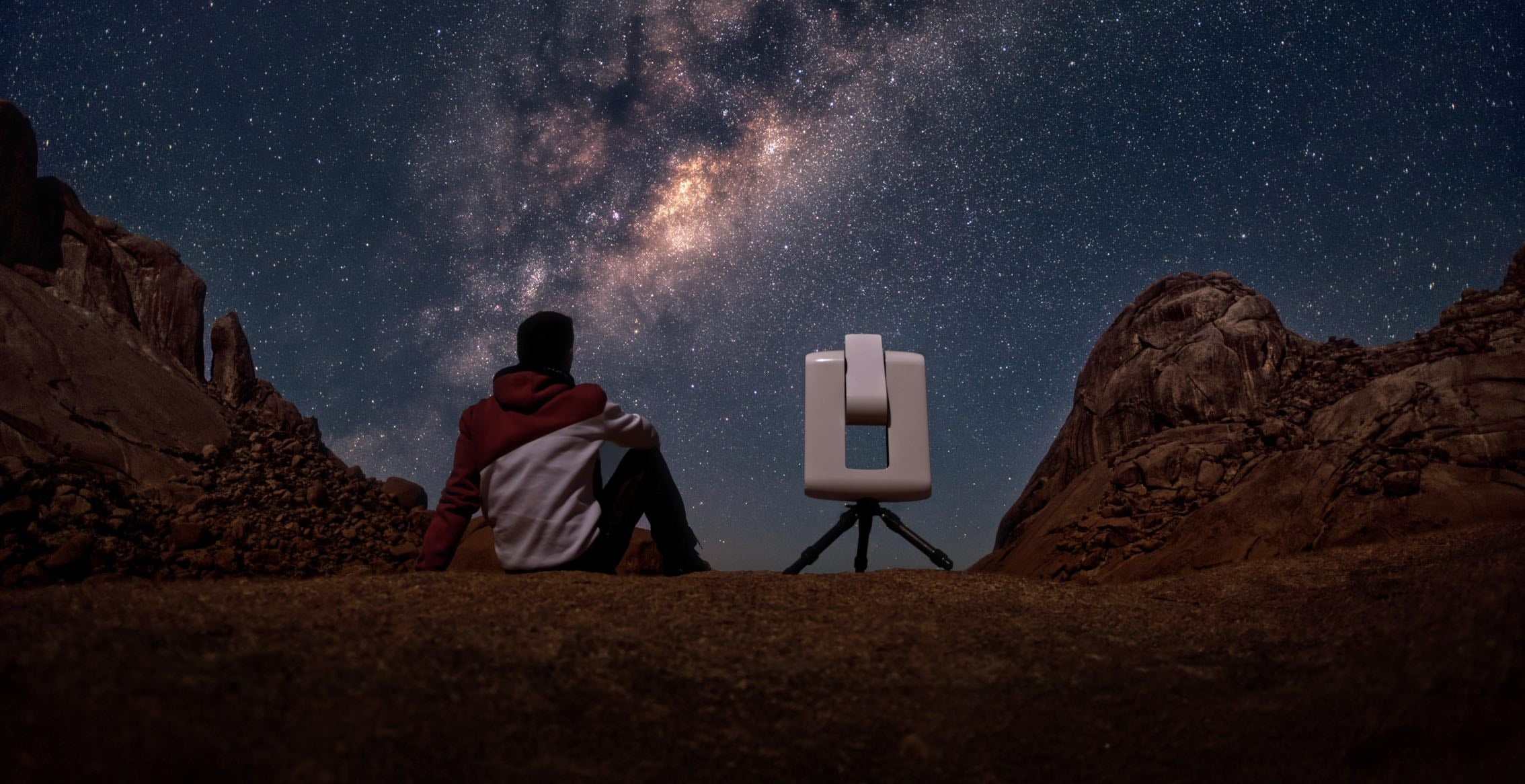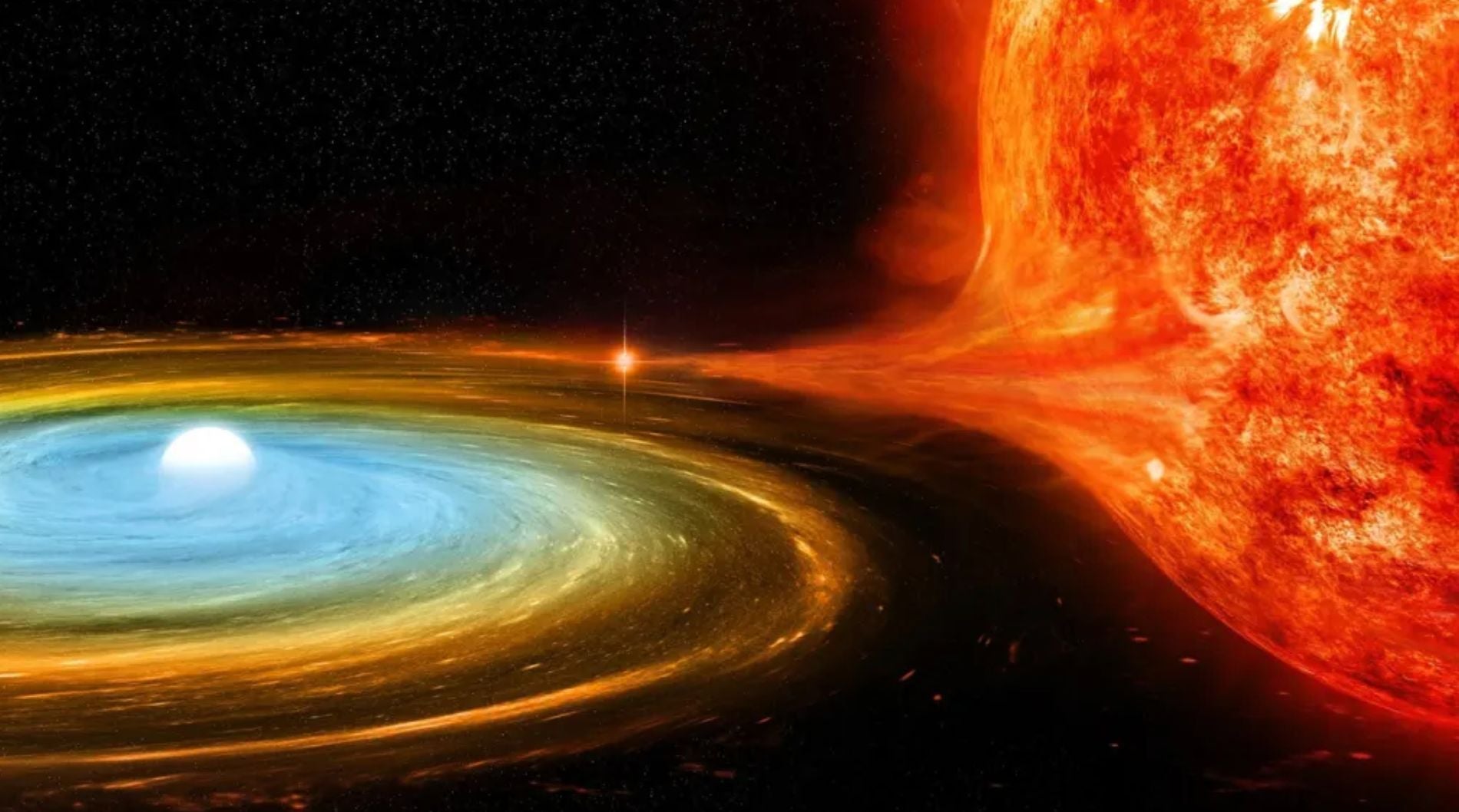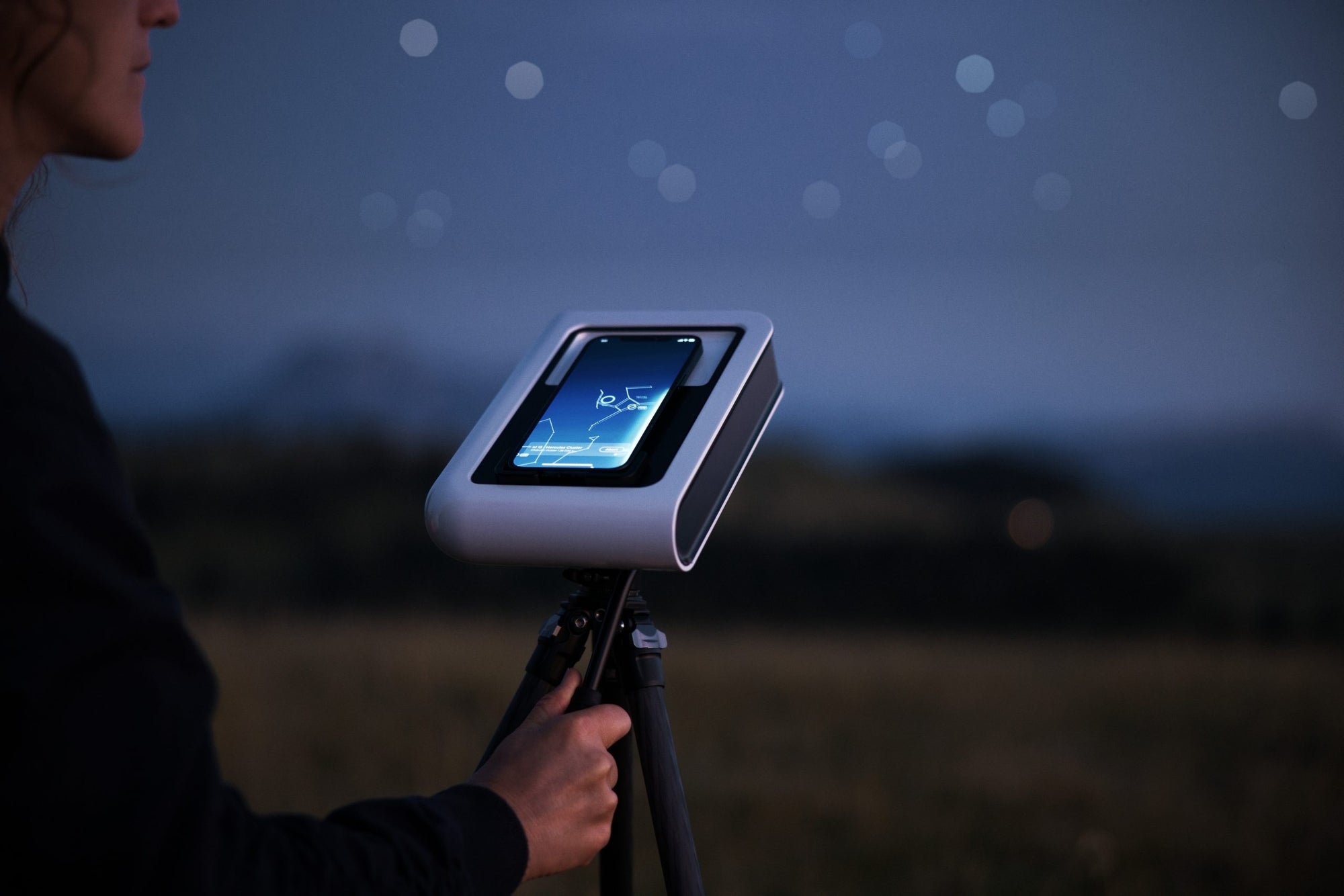
Blog.
Your ultimate guide to mastering astronomy. From expert tutorials to the latest astro news and product updates, get everything you need to elevate your stargazing adventures!

04 Mar. 2025
March 2025 Total Lunar Eclipse guide: visibility, timings & observation tips

04 Dec. 2024
Improve your astrophotography: mastering filters for nebulae

20 Nov. 2024
How to capture the Milky Way: a simple guide

06 Oct. 2024
CovalENS, the first "panorama mode" ever embedded in a telescope

08 Aug. 2024
T Coronae Borealis: a once-in-a-lifetime astronomical event

08 Aug. 2023
Hestia: Verwandeln Sie Ihr Smartphone in ein intelligentes Teleskop


